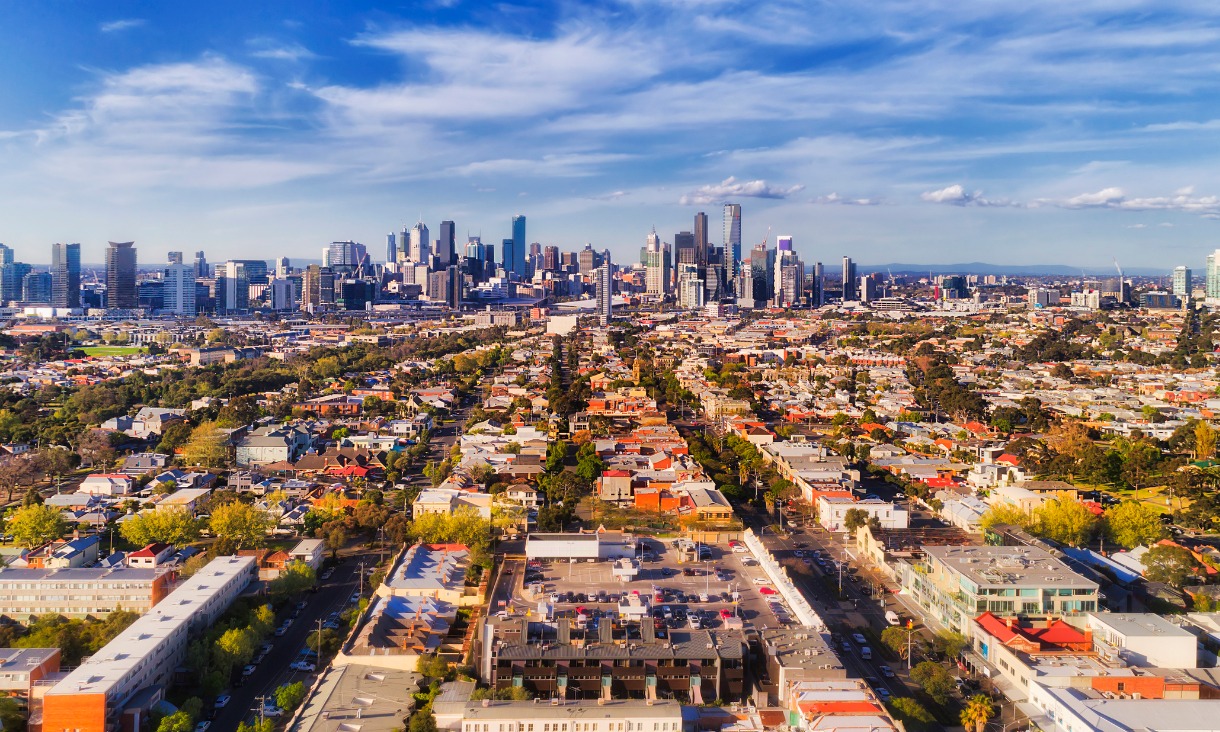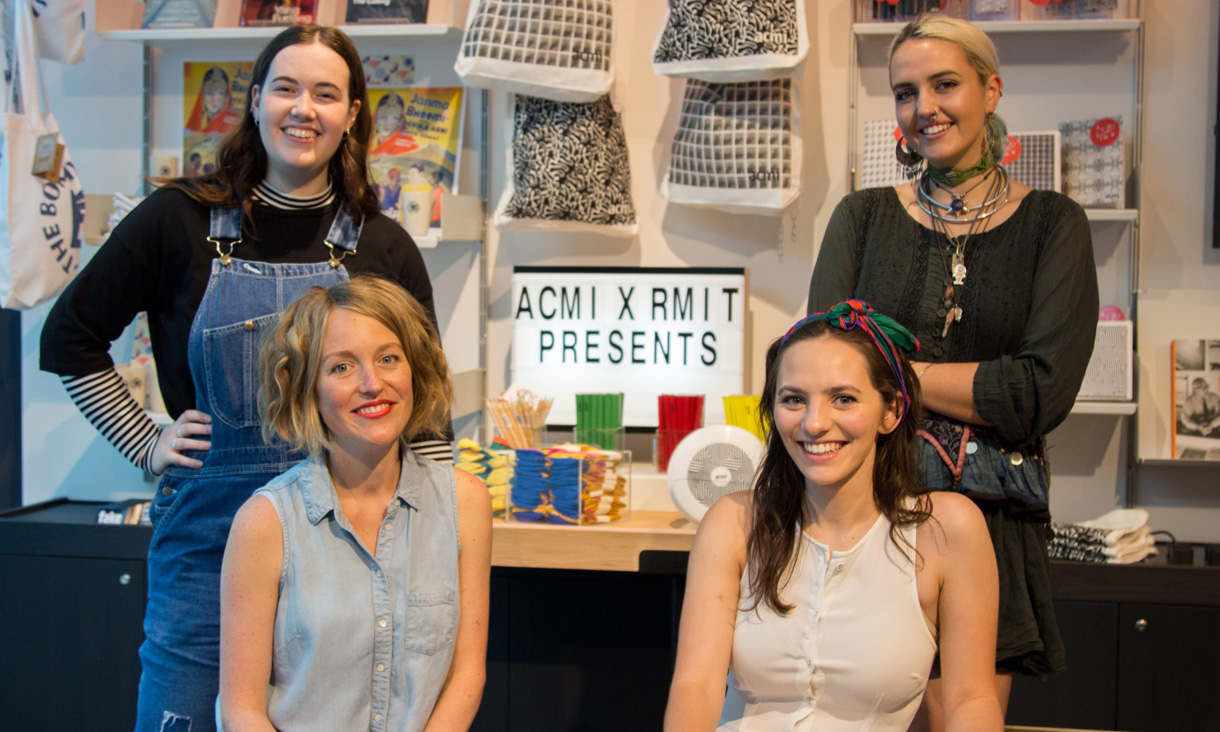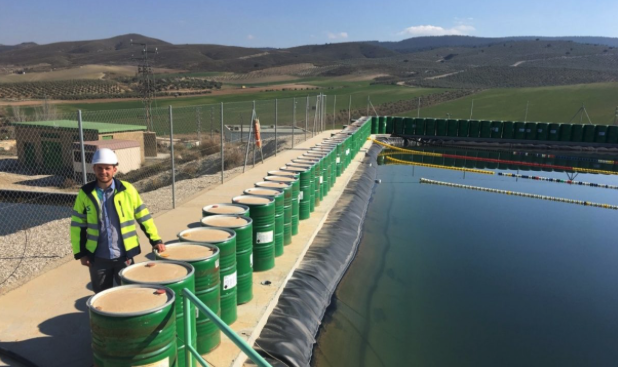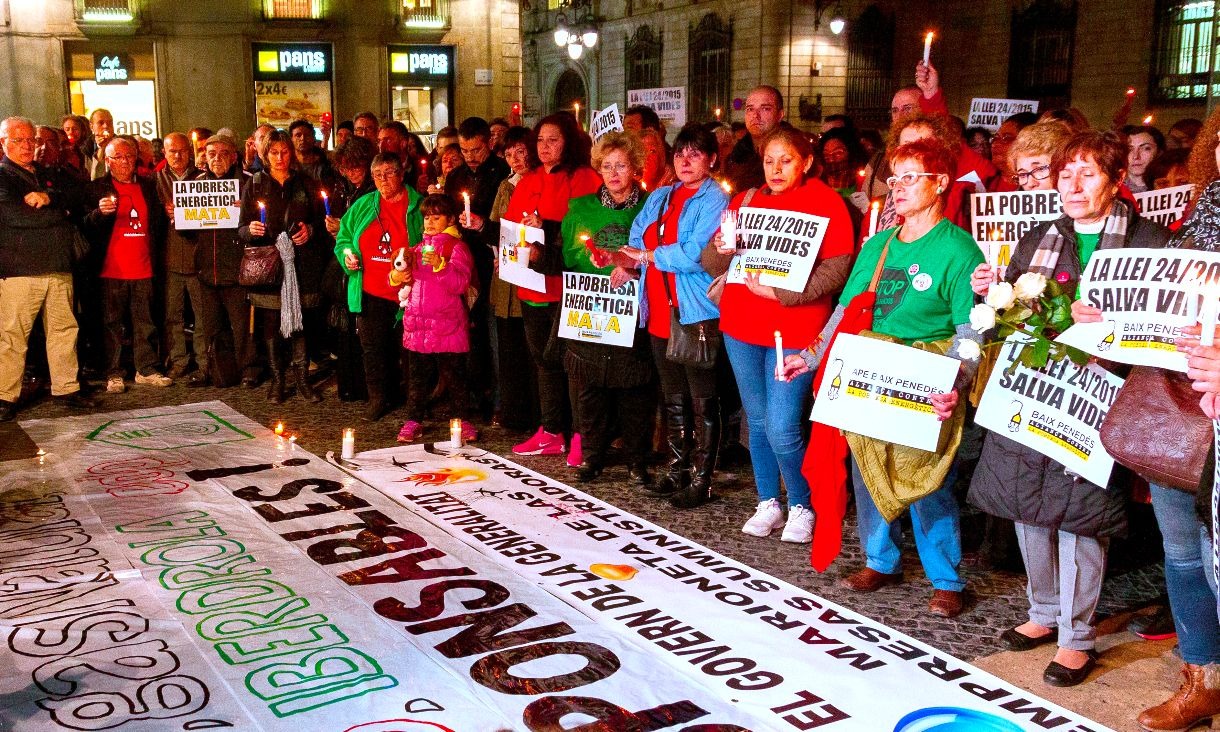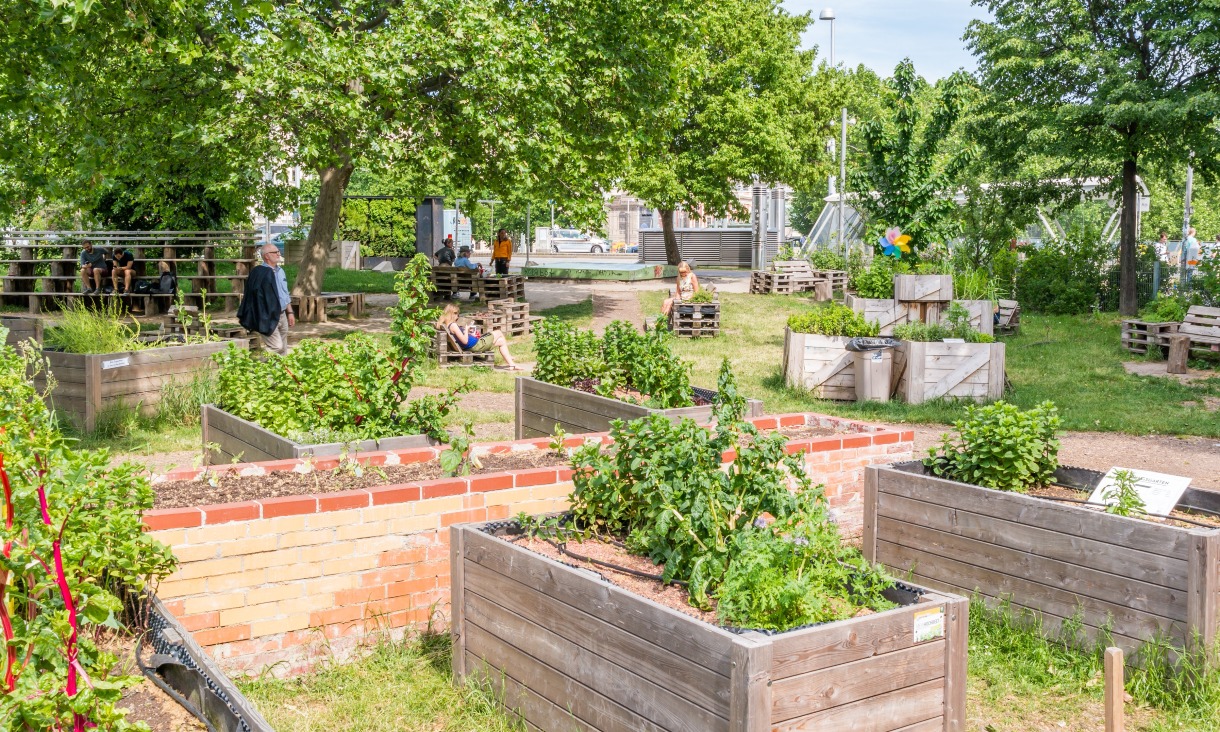Key Recommendations
- Liveability enhances the health and wellbeing of Melburnians, as well as supporting productivity.
- Walkable neighbourhoods are highly valued and underpin healthy liveable communities, yet current dwelling density targets in Melbourne are too low to achieve walkable communities. Walkable neighbourhoods would be better supported by a target of 25 dwellings per hectare, with an even higher target around activity centres.
- Delivering liveable communities requires a whole-of-government approach to ensure integrated planning, particularly across the health, transport and planning portfolios.
- Policies to promote liveability need to be supported by best practice, evidence-informed standards that can be measured spatially, with specific targets for implementation.
- Housing affordability, local employment, access to healthy food and moderated access to retail alcohol outlets are critical aspects of liveability. Specific spatial policy standards and targets are needed for these liveability indicators.
By 2050, Melbourne’s population is projected to grow to eight million.
If Melbourne is to retain its reputation as being among the world’s most liveable cities, integrated planning is required across health, transport and planning sectors to promote liveability and walkability.
While liveability is a prominent policy goal in Plan Melbourne 2017-2050, policy implementation is presently failing to address health, economic and environmental inequities.
Liveable communities are safe, attractive, socially cohesive and inclusive, as well as environmentally sustainable, providing affordable and diverse housing close to public transport, walking and cycling infrastructure.
Residents should be able to readily access employment and education opportunities, as well as health and community services.
Liveability provides significant benefits to the economy and our community.
According to previous research, community engagement, health and wellbeing are supported through provision of public open spaces, recreational facilities and cultural events.
Walkable 20-minute neighbourhoods improve productivity by reducing car use, lessening road congestion and shortening transit times.
RMIT’s Dr Melanie Davern’s research shows that community health costs are reduced through enhanced participation in active travel and exercise, social inclusion and improved mental well-being
While these benefits are acknowledged in policies designed to promote Melbourne’s liveability, as detailed in Plan Melbourne, current policies for walkability, public transport and public open space would benefit from more clearly defined standards, more ambitious targets, and consistent implementation.
We examine specific policy standards with targets for implementation; the development of walkable neighbourhoods and provision of adequate public space; and the introduction of standards and targets for housing affordability, employment, access to healthy food and moderated access to retail alcohol outlets.
For more insights from the Healthy Liveable Cities Group at the RMIT Centre for Urban Research, see the full Liveability Policy Brief, here.
Story: Dr Lucy Gunn, Julianna Rozek, Dr Jonathan Arundel, Associate Professor Hannah Badland and Distinguished Professor Billie Giles-Corti.

